The Architectural Marvel of the 1890 House Museum
Nestled in the heart of Cortland, New York, the 1890 House Museum (Wickwire Mansion) is a testament to the grandeur of the late 19th century.
This historic mansion, located at 37 Tompkins Street, is not just a mere structure; it's an architectural gem that has witnessed the evolution of a city and an era.
Designed by the renowned architect Samuel B. Reed, the house is a prime example of the Chateauesque style, a popular design among the affluent during that period.
The Design and Construction: A Glimpse into the Past
The construction of the 1890 House Museum began in the year it's named after, marking a significant milestone in the architectural history of Cortland.
Samuel B. Reed, the architect behind this masterpiece, chose the Chateauesque style, known for its intricate designs and resemblance to the grand chateaus of the French Renaissance.
The house features steeply pitched roofs, ornate gables, and elaborate masonry, all contributing to its majestic appearance. The use of local materials and craftsmanship during its construction further highlights the regional character of the architecture.
A Place on the National Register of Historic Places
The significance of the 1890 House Museum extends beyond its architectural beauty. In 1975, this historic mansion was proudly added to the U.S. National Register of Historic Places, recognizing its importance as a cultural and historical landmark.
This inclusion not only honors the architectural significance of the building but also ensures its preservation for future generations to appreciate. It symbolizes Cortland's rich heritage and a reminder of the city's past glories.
A Reflection of Cortland's Architectural Heritage
The 1890 House Museum is more than just a building; it's a piece of Cortland's history. For those interested in things to do in Cortland, New York, a visit to this museum offers a unique glimpse into the architectural trends of the late 19th century and the lifestyle of the elite during that era.
It connects the present to a time when craftsmanship and attention to detail were paramount in construction.
The museum not only showcases the architectural prowess of Samuel B. Reed but also tells the story of a city that has grown and evolved around this historic landmark.
As of January 2024, the 1890 House Museum continues to captivate visitors with its architectural splendor, a proud reminder of Cortland's historical and cultural legacy.
Chester F. Wickwire: The Man Behind the Mansion
From Humble Beginnings to Industrial Success
Chester F. Wickwire, born in 1843, embarked on a journey that transformed him from a local entrepreneur to a prominent industrialist.
His initial foray into the business world began with a grocery store on Main Street in Cortland, a venture he managed with his father, Raymond Wickwire.
Following his father's passing, Chester, alongside his brother Chauncey, transitioned the store into a hardware business.
This pivotal change laid the groundwork for Chester's future success. The hardware store, known for its quality goods and services, became a cornerstone in Cortland's growing commercial landscape.
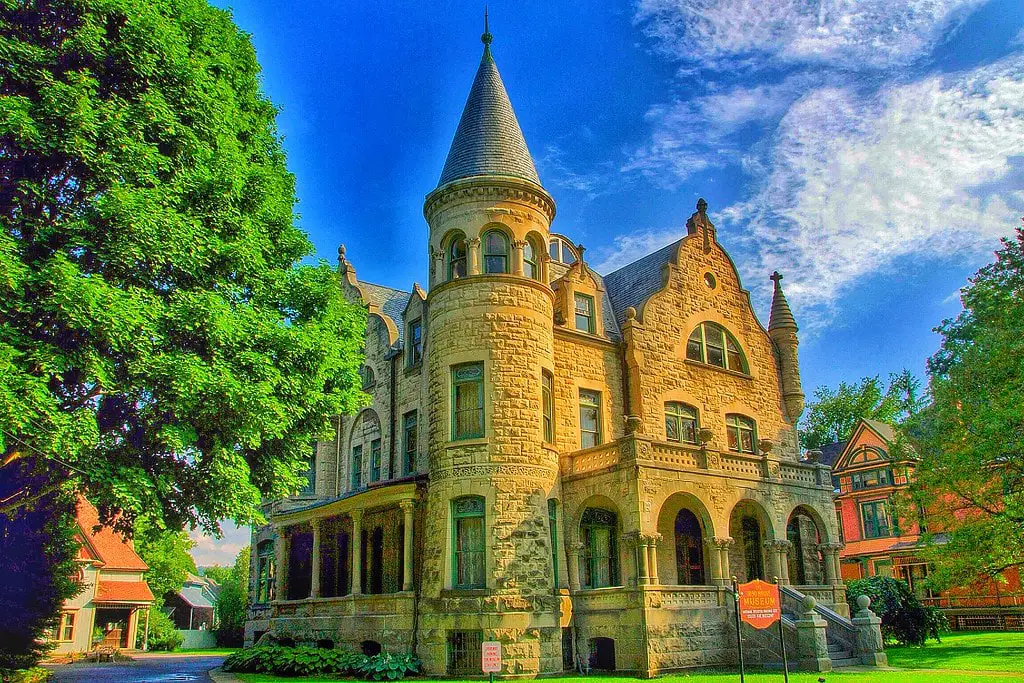
The Birth of Wickwire Brothers Company
The year 1873 marked a turning point in Chester's career. A trade involving a carpet loom at his hardware store sparked an innovative idea - using the loom to weave wire.
This ingenuity led to the establishment of the Wickwire Brothers Company. Chester, with his brother Theodore, expanded their operations, eventually outgrowing the Main Street store and moving into a dedicated factory.
By 1883, their company had become the second-largest producer of wire goods in the United States. The Wickwire Brothers Company specialized in products like horse muzzles, seed spreaders, and insect screens, catering to the needs of rural Americans.
Innovations and Patents: Shaping the Wire Industry
Chester Wickwire's contributions to the wire industry were not limited to manufacturing. His patents and innovations were crucial in streamlining production processes and reducing costs.
These advancements propelled his company to heights and significantly impacted the wire goods market nationwide.
Chester's vision and entrepreneurial spirit were instrumental in shaping the industrial landscape of the late 19th century.
Life Inside the Wickwire Mansion
The Wickwire Family: A Glimpse into Their World
The Wickwire Mansion, completed in 1890, became the family home for Chester, his wife Ardell, and their children, Raymond, Charles, and Frederic.
The mansion's opulent design and furnishings reflected the family's wealth and status. After Chester's passing in 1910, Ardell continued to reside in the house until she died in 1915.
The mansion then witnessed various changes as it passed down through generations, each leaving its mark on the property.
The Servants' Quarters: Stories Untold
The grandeur of the Wickwire Mansion was maintained not only by the family but also by a team of dedicated servants.
Among them was Margaret Stack, a 21-year-old Irish cook who joined the household in 1904. Her journey from Athea, County Limerick, Ireland, to Ellis Island, and eventually to the Wickwire Mansion, is a testament to the diverse backgrounds of those who contributed to the functioning of such grand homes.
The servants' quarters, including Margaret's bedroom, offer a contrasting perspective to the Wickwire family's lavish lifestyle, highlighting the time's social hierarchies.
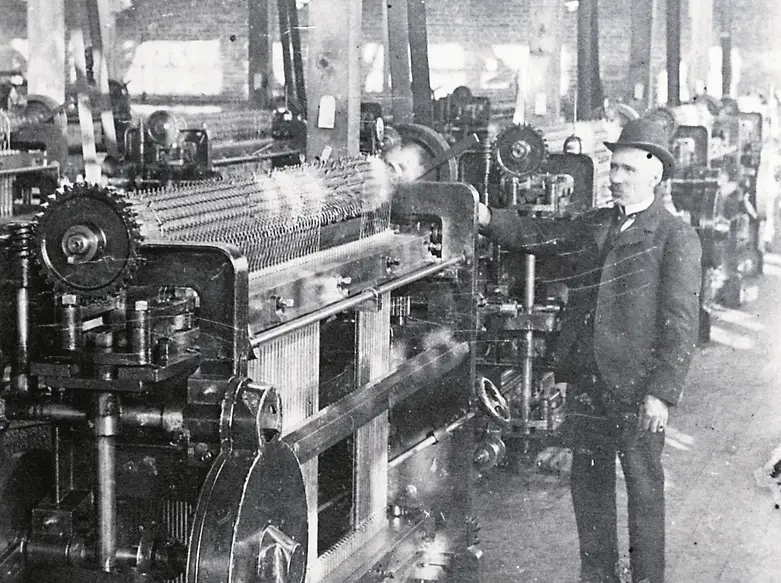
The 1920s Renovations: Reflecting Changing Tastes
The mansion underwent significant renovations in the 1920s under Frederic Wickwire and his wife Marian, a local poet.
These changes mirrored the evolving architectural and interior design trends of the era. The 1920s shifted aesthetics from Victorian opulence to more modern and streamlined designs.
This period in the mansion's history is crucial in understanding the evolution of American domestic architecture and interior design trends.
Transition to a Museum: Preserving History
The Birth of the 1890 House Museum
1975, the 1890 House Museum was officially established, turning the historic Wickwire residence into a public museum.
This transition marked a significant shift in the mansion's role from a private residence to a guardian of local history.
The museum's creation was driven by the efforts of Cortland County leaders and community advocates, who recognized the historical and architectural value of the mansion.
Their campaign to preserve the house was a testament to the community's commitment to safeguarding its heritage.
The Museum's Role in Education and Preservation
Since its inception, the 1890 House Museum has been crucial in educating the public about the Victorian era and the Wickwire family's legacy.
The museum serves as a window into the past, offering visitors a chance to experience the lifestyle, culture, and architectural grandeur of the late 19th century.
Its preservation efforts ensure that future generations can continue to learn from and appreciate this important piece of Cortland's history.
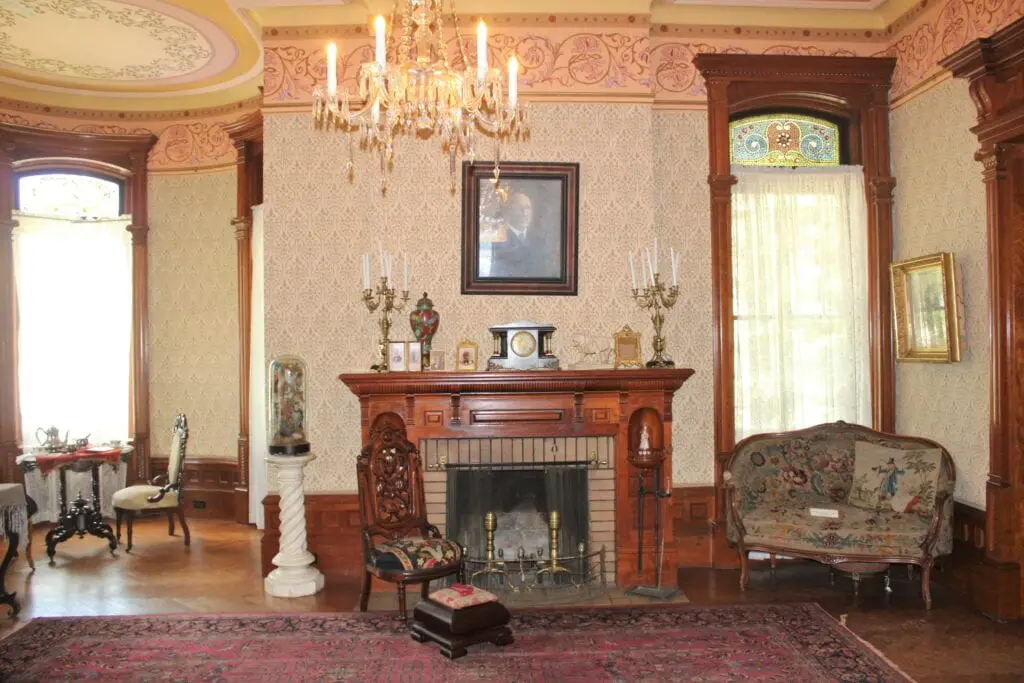
A Cultural Landmark in Cortland
Today, the 1890 House Museum stands as a cultural landmark in Cortland, attracting visitors from near and far.
Its status as a museum has preserved significant architectural work and maintained a connection to the city's industrial past.
The museum's existence is a tribute to the vision and achievements of Chester F. Wickwire and a reminder of the impact one individual can have on the fabric of a community.
The 1890 House Museum Today: A Cultural Beacon
A Portal to the Past: Tours and Exhibits
The 1890 House Museum, as of 2024, continues to offer a rich tapestry of history through its guided and self-guided tours.
Visitors can explore the three floors of the mansion, each telling a different story of the Wickwire family and the era they lived in.
The museum's exhibits showcase a range of artifacts from the late 19th and early 20th centuries, providing insights into the time's daily lives, fashion, and social customs.
The dome, a distinctive feature of the house, offers a panoramic view of Cortland, bridging the past and present.
Educational Programs and Special Events
Education is at the heart of the 1890 House Museum's mission. The museum hosts a variety of monthly educational programs and special events that delve into different aspects of Victorian culture and the Wickwire family's history.
These programs are designed to engage visitors of all ages, making history accessible and intriguing.
Additionally, the museum's YouTube series, "WickWired," has gained popularity for its focus on Victorian-age topics and the personal stories of the Wickwire family, further extending the museum's educational reach.
The Museum's Role in Cortland's Community
The 1890 House Museum is more than a historical site; it's a vibrant part of Cortland's community. It serves as a venue for local events and gatherings, fostering a sense of community and continuity.
The museum's presence in Cortland has been instrumental in preserving the city's cultural heritage, making it a key destination for those interested in history and architecture.
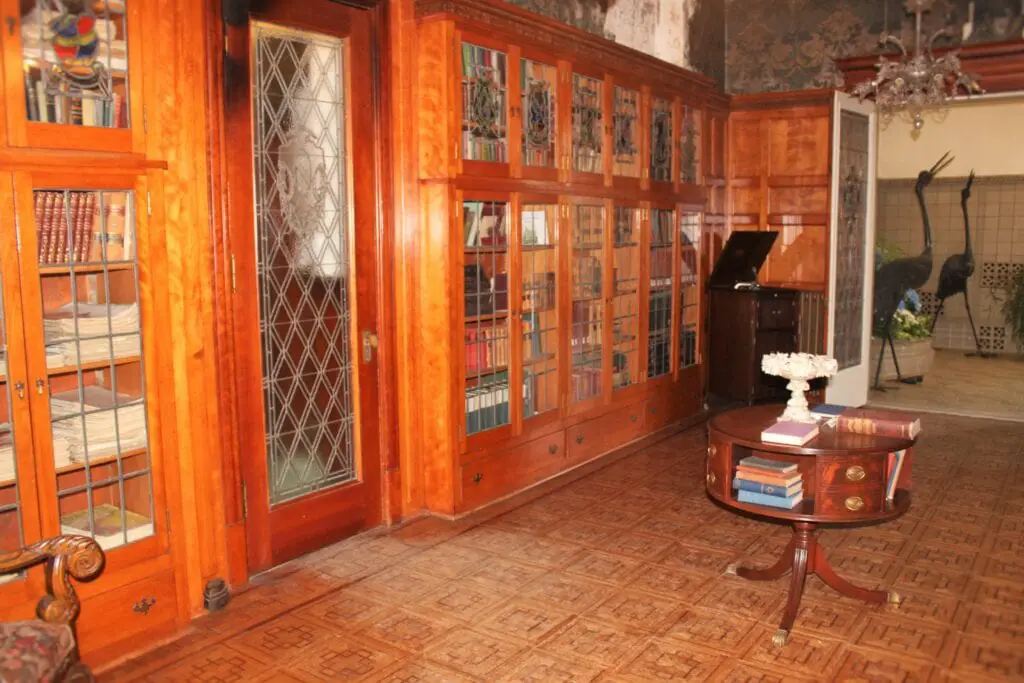
Haunted Activity at the 1890 House Museum
A Legacy of Ghostly Encounters
The 1890 House Museum in Cortland, NY, is known for its rich history, architectural beauty, and eerie, ghostly presence.
Featured on SyFy's "Ghost Hunters," the museum has garnered attention for its paranormal activities. Visitors and staff have reported unexplained occurrences that add a mysterious layer to the mansion's already intriguing past.
Whispers from the Past
The museum's haunted reputation is built on numerous accounts of supernatural events. Voices and footsteps echo through the empty halls, doors open and close without human intervention, and silhouettes of human figures are seen in the windows.
These phenomena are often attributed to the spirits of the Wickwire family and other historical figures who lived and died within the mansion's walls.
The Wickwire's Ethereal Presence
The most prominent ghostly activity is believed to be connected to Chester Franklin Wickwire, the 19th-century industrialist who built the house.
His presence and other family members' presence seem to linger in the mansion, making the 1890 House Museum a fascinating destination for those interested in paranormal investigations.
The blend of historical grandeur and unexplained ghostly sightings makes the 1890 House Museum a unique and intriguing place in Cortland, NY.
Future Prospects and Community Engagement
Looking Ahead: Preservation and Innovation
As the 1890 House Museum looks to the future, it focuses on preserving the Wickwire family's legacy and the mansion's architectural heritage.
Plans for restoration and conservation work are ongoing, ensuring the museum remains a testament to Cortland's history.
The museum also explores innovative ways to enhance visitor experiences, including incorporating new technologies in exhibits and tours.
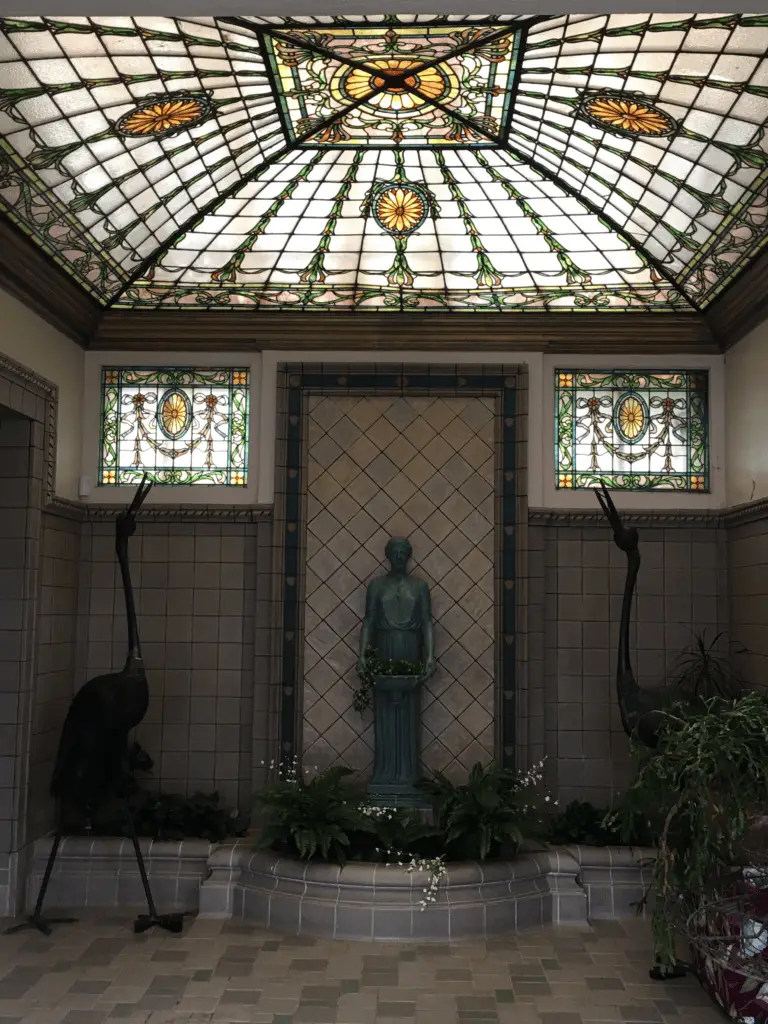
Engaging the Community: Volunteering and Membership
Community engagement is crucial for the museum's future. The 1890 House Museum offers various opportunities for residents to get involved, from volunteering to becoming a museum member.
These roles allow individuals to contribute to the preservation of the museum and gain a deeper understanding of Cortland's history.
The museum's volunteer and membership programs are vital in building a community of history enthusiasts and preservation advocates.
The Museum's Impact on Local Tourism and Education
The 1890 House Museum contributes significantly to Cortland's tourism and educational landscape. The museum plays a key role in the local economy by attracting visitors from different regions.
Its academic programs and events also serve as valuable resources for schools and researchers, highlighting the museum's role in promoting historical awareness and learning in the community.
Conclusion
Reflecting on the Historical and Cultural Significance
The 1890 House Museum, a jewel in the heart of Cortland, New York, stands as a beacon of historical and architectural significance.
This museum, once a family home, now serves as a custodian of the past, offering a window into the life and times of the late 19th and early 20th centuries.
Its walls, adorned with artifacts and memories, tell the story of the Wickwire family, their contributions to industry and society, and the evolution of American domestic life.
The museum's preservation is a testament to the community's dedication to honoring and understanding its rich heritage.
The Legacy of the Wickwire Family
The story of the Wickwire family, encapsulated within the museum, extends beyond their achievements and the grandeur of their home. It is a narrative of innovation, entrepreneurship, and cultural change.
The Wickwire Brothers Factory, a cornerstone of Cortland's industrial past, and the family's involvement in the community have left an indelible mark on the city's history.
The museum celebrates these accomplishments and critically reflects on the era's social and economic dynamics.
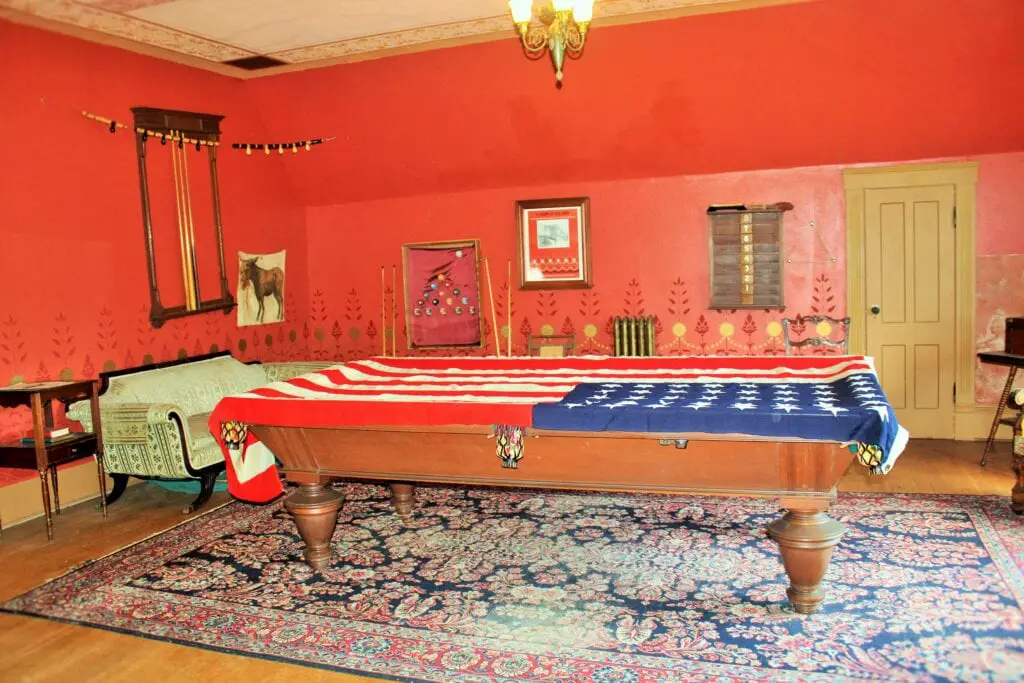
A Continuing Journey of Preservation and Education
As the 1890 House Museum moves forward, it continues to embody the spirit of preservation and education.
It is a resource for learning, a place of community engagement, and a reminder of the importance of preserving our cultural heritage.
The museum's ongoing efforts to maintain and enhance its exhibits, programs, and outreach initiatives ensure that the legacy of the Wickwire family and the history of Cortland will continue to inspire and educate future generations.
The 1890 House Museum is not just a repository of the past but a living, evolving entity connecting the present to a rich and varied history.
